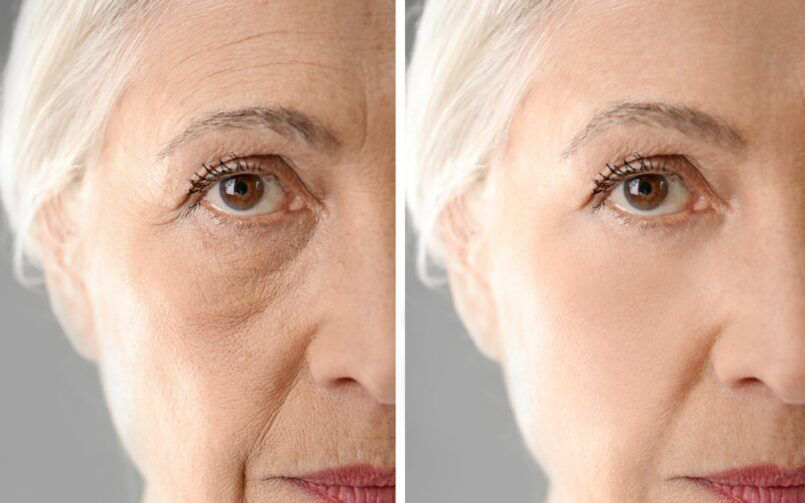
2 min to read
Jan 10, 2024
425
Sculpt Body Shaping refers to a range of non-invasive cosmetic procedures and fitness techniques designed to alter the body's appearance, targeting fat reduction, muscle enhancement, and skin tightening.

Secondary infertility, the inability to conceive or carry a pregnancy to term after previously giving birth, is a complex and often misunderstood condition. In this comprehensive guide, we delve into the causes, emotional impacts, and treatment options for secondary infertility, providing insights and support for those navigating this challenging journey.
Secondary infertility shares many causes with primary infertility but occurs in individuals or couples who have already had one or more children. It’s essential to understand that secondary infertility is as significant and distressing as primary infertility, warranting the same level of attention and care.
Various factors can contribute to secondary infertility, including age-related issues, changes in reproductive health, lifestyle alterations, and underlying medical conditions. It’s crucial to recognize the role these elements play in fertility and the importance of a comprehensive medical evaluation.
The emotional impact of secondary infertility is profound, affecting personal well-being, relationships, and family dynamics. Addressing these psychological aspects is as important as tackling the physical causes.
Treatment for secondary infertility ranges from medications to assist with ovulation to advanced procedures like in vitro fertilization (IVF). Each option has its considerations, success rates, and potential challenges.
Lifestyle adjustments and alternative therapies, such as diet changes, stress reduction techniques, and acupuncture, can play a supportive role in addressing secondary infertility. While not a substitute for medical treatment, these approaches can enhance overall health and well-being.
Building a strong support system, including seeking professional counseling and connecting with others experiencing secondary infertility, is invaluable. Resources like support groups and online forums provide a sense of community and shared understanding.
Ongoing research and advancements in reproductive medicine continue to provide hope and new possibilities for those struggling with secondary infertility. Staying informed about these developments can offer encouragement and additional options for treatment.
As we explore each of these aspects in detail, remember that secondary infertility is a journey that many undertake. Understanding, support, and the right medical care can make a significant difference in navigating this path.
Please note that the information provided in this article should not replace professional medical advice. Consult with healthcare professionals for personalized guidance and treatment plans.
| Cause | Description |
|---|---|
| Age-related decline in fertility | As women age, the quantity and quality of eggs decrease, impacting fertility. |
| Changes in sperm quality | Factors like age, health, and lifestyle can affect sperm quality over time. |
| Reproductive health issues | Conditions like endometriosis or uterine fibroids that develop after a previous pregnancy. |
| Lifestyle factors | Weight gain, stress, and changes in habits can influence fertility. |
| Treatment | Description |
|---|---|
| Medications | Drugs to stimulate ovulation or address hormonal imbalances. |
| Intrauterine insemination (IUI) | Placement of sperm directly in the uterus around the time of ovulation. |
| In vitro fertilization (IVF) | Eggs are fertilized with sperm in a lab, and then implanted in the uterus. |
| Surgery | Procedures to correct physical issues like blocked fallopian tubes. |

2 min to read
Jan 10, 2024
425

2 min to read
Jan 8, 2024
400

2 min to read
Dec 23, 2023
460

2 min to read
Dec 16, 2023
447

2 min to read
Dec 9, 2023
463

2 min to read
Dec 6, 2023
472
